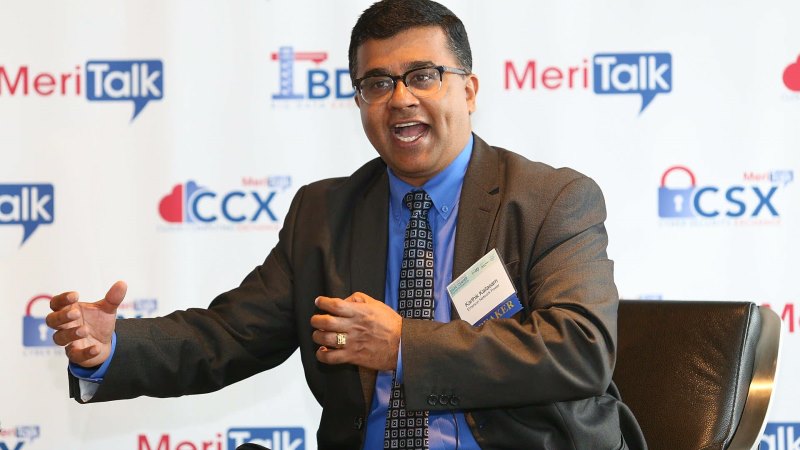
The Department of State has moved from leased data center facilities to data centers on government property by using a modular approach.
Two years ago, the State Department mandated that the agency start to use government-owned property data centers. The agency moved from using an 11,000-square-foot lease facility to an 800-square-foot modular data center. In the same year, the State Department started a Virtualization First Policy.

“We’ve been able to make many gains and leaps and bounds here,” said Melonie Parker-Hill, division chief of the Enterprise Operations Center at the State Department.
The State Department is also looking into buying two more modular data centers, according to Parker-Hill. The agency is also considering the difference between its needs for people space versus IT space, which pushes it to change its facilities.
Command annual growth for modular data centers is 33 percent for the next five years, according to Mark Provitola, principal of data center consulting at Hewlett Packard Enterprise.
“The market says this is growing probably faster than anything in the data center industry,” said Joe Kramer, director of product management of prefabricated data centers at Schneider Electric.
The State Department was able to fit most of the data that needed to be moved into the new modular data center. The agency was able to make modifications on site to be able to meet its needs.
“I won’t say everything that was in the 11,000 square is going into the 800 square but just about,” Parker-Hill said.
Parker-Hill said there were many parties involved on the industry and agency side to be able to acquire an on-site data center.
“There was a lot of coordination for the Federal government, state government, and all of the political things you have to go through and that’s not just funding,” Parker-Hill said.
Parker-Hill said that the benefit of the Federal government’s Data Center Optimization Initiative (DCOI) is that the mandates will help to “catapult” agencies that are still struggling. By using a modular approach to data centers, agencies can achieve scalability, by shutting down sections that aren’t in use, and quick delivery times. Parker-Hill said the State Department received its container within six to eight weeks from the order.
Data center companies have base designs, but ultimately build their products around the customer’s specific needs based on the application they need to run.
“The key thing is to understand the application and make sure the design caters to the application,” said Karthik Kailasam, director of integrated modular solutions at Emerson Network Power.
The State Department uses the same security standards for its networks as it does for interior brick-and-mortar. The agency’s security team was able to work with the data center company during the design process to ensure the standards were met.
“We didn’t run into any problems,” Parker-Hill said.
The panel spoke at MeriTalk’s Accelerating Data Center Transformation event on Oct. 27 in Washington, D.C.
